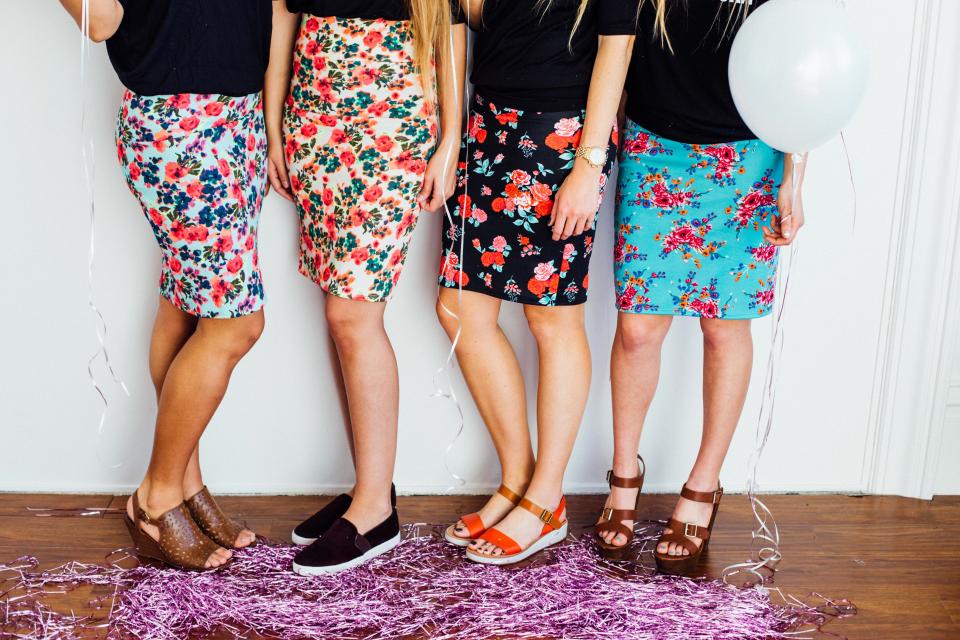
Policing Girls’ Bodies Part Two: Legs
I remember ranting to my mother one day after school about how inappropriate I found it that reminders about the girls’ dress code were being announced in front of the boys. The thought makes me squirm with discomfort even today. Our male classmates and friends—whose dress code was about formality (collars, mainly, or the lack thereof), not body-policing—were the audience for these shaming speeches about knees and arms and chests. There was something so perverse and upsetting about it. They were almost invited in as observers/policers of our bodies, taught to objectify by the school’s example.
While all female students were subjected to the voyeurism and unwanted gaze which too often accompanies school dress code enforcement, it seemed that only the more physically developed girls got in trouble regularly for “tznius violations.” I vented about this on Facebook a few months ago: “My big-breasted best friend would get in trouble daily for her shirts (which were perfectly appropriate). I would get in trouble constantly for my skirts/the butt and hips underneath them. Less-developed classmates seemed to be able to wear whatever they wanted without ever getting pulled over by the tznius police…”
Stories quickly packed the comments sections. One woman recounted that “[her] niece-in-law is big-breasted, and teaches in a girls’ Jewish school. The head teacher wanted to terminate her, because she wore perfectly tzniut clothes, which nevertheless made it unavoidably apparent that she had breasts—well, she is a woman… I have seen women wearing a kind of waistcoat over their blouses, as if to try and disguise the fact that they had breasts!” Another poster said it drives her crazy “that most rabbis don’t notice that they are applying halacha differently to different people depending on (literally) how Hashem made them look.” “I remember once being called out by a teacher when I was wearing our school uniform shirt,” wrote one woman. “She insisted it fit differently on everyone, but that the size wasn’t the problem. What she must have meant was that certain women shouldn’t ever wear button downs.” Another commenter noted that this selective enforcement of dress code based on girls’ and women’s body shapes “is a major contributing factor to the serious problem of eating disorders among girls and women in Orthodox communities.”
Read “Policing Girls’ Bodies Part One: Bras” here.



